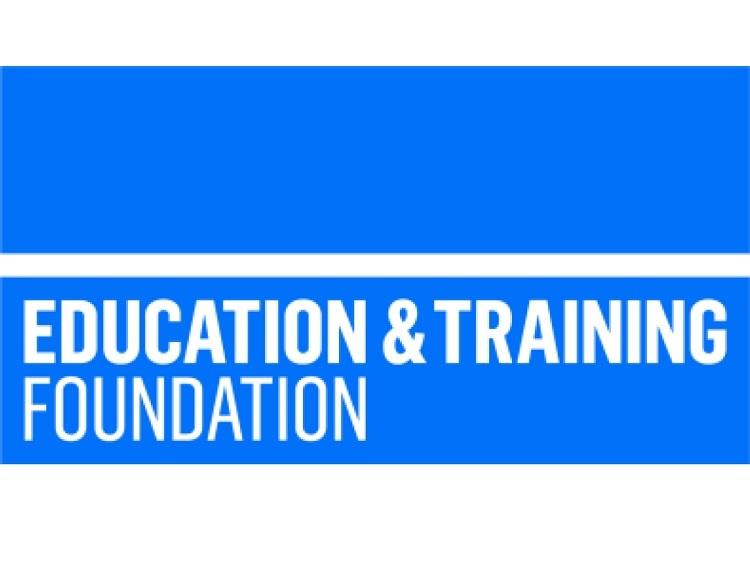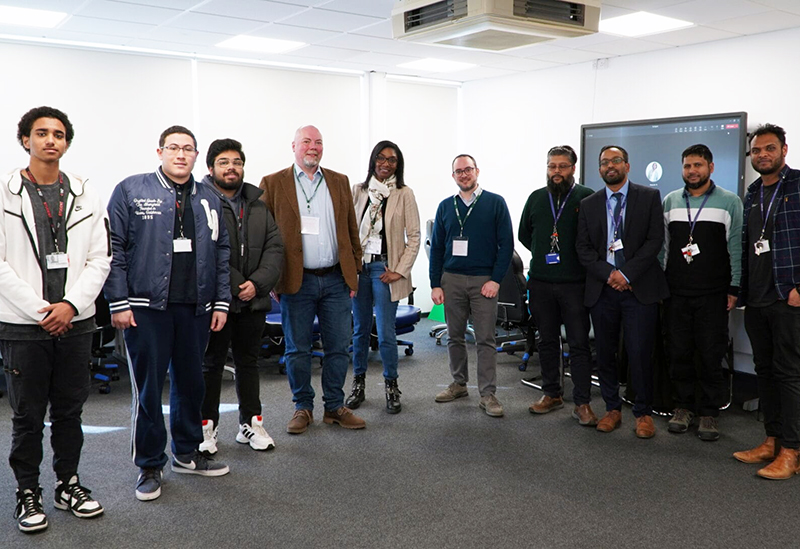2020 Further Education Workforce Data for England report published

The Education and Training Foundation (@E_T_Foundation) has today published its Further Education and Workforce Data for England (SIR 27) report. The publication reflects the 2018–19 Staff Individualised Record (SIR) returns, which report on the profile of the sector and its workforce. It is based on 91,800 records with data submitted by 186 providers (including colleges, independent training providers, local authorities and others).
This year’s report makes comparisons with the findings of SIR 26 (published in 2019) to identify changes over the last 12 months. It also identifies longer-term trends, making comparisons with SIR 22 (published in 2015 – the first year in which the ETF was responsible for the collection, when data was collected from colleges only), and SIR 24 (published in 2017, the year in which data from providers other than colleges began to be included in the collection).
Key findings from SIR 27 are:
- The size of colleges measured by employee headcount has grown since SIR 22. All college types have increased in size over time, most notably Specialist Designated Colleges and Agriculture and Horticulture Colleges, which have increased their median employee size by about 60% and 49% respectively.
- A change in the balance of teaching staff and learner-facing technical and support staff. While the median number of total employees at colleges rose between SIR 22 and SIR 27, the median number of teaching staff fell from 250 to 231. The biggest (absolute) changes in median headcount numbers were seen in learner-facing technical staff (which increased from 60 to 89) and support staff (which increased from 76 to 102). The median number of senior managers increased from 10 to 11 between SIR 22 and SIR 27.
- Providers are offering more subjects, except in the humanities. The proportion of providers offering courses in each of the main subjects has increased between SIR 22 and SIR 27, except in the humanities. For example, whereas74% of providers who submitted data in SIR 22 had at least one staff contract with its subject specified as ICT, in SIR 27 this increased to 83%. Similarly, engineering and manufacturing technologies was present at 76% of providers in SIR 22; this increased to 83% in SIR 27. In contrast, the proportion of providers offering humanities fell from 73% in SIR 22 to 58% in SIR 27.
- The workforce remains predominantly female. Sixty-one per cent of all staff are female in both SIR 22 and SIR 27. However, during that period the proportion of women in teaching roles decreased from 56% to 53%, while the proportion of women in senior management roles reduced from 58% to 54%.
- A reduction in part-time working. A lower proportion of staff are working part-time in SIR 27 (mainly in male staff, for whom less than a third worked part time) than in SIR 22. Across all staff, the proportion has fallen from 48% to 46%, and for teaching staff it has fallen from 50% to 46%.
- A growth in the proportion of older staff in the workforce. Although the median age of all staff and teaching staff has not changed substantially over time, there has been an increase in the proportion of older staff, with the percentage of all staff aged 60 and over rising from 10% in SIR 22 to 14% in SIR 27.
- Little change in the use of zero hours contracts during the past 12 months. The proportion of zero hours contracts remained similar to that in SIR 26, about 4.4% in SIR 27 compared to 4.2% in SIR 26.
- A decrease in the median pay of teachers. For teaching staff across all provider types, median pay has decreased from £32,500 in SIR 21 to £32,300 in SIR 27. When colleges only are considered, the story is similar, though the decline in median pay is smaller. Since SIR 21, median teacher pay has risen in Greater London, the Midlands & East and the South, but fallen in the North.
- The gender pay gap for all staff working in colleges is similar in this year’s report to that identified in SIR 21. In SIR 21 it was 10.5%, while this year it is 10.2%. In between those reports it has fluctuated, narrowing to seven per cent in SIR 23 but growing to 10.6% the following year.
The full report is available on the Workforce Data and SIR Insights page of the ETF website. The number of FE providers submitting responses to the SIR dataset increased from 122 in SIR 21 (2012–13 data) to 186 in SIR 27. College providers made up over half of the provider sample for SIR 27 (110 of 186), and the 93 General Further Education Colleges (GFECs) that submitted data constitute over half of all GFECs (168) in England. Independent providers and local authority providers made up most of the rest of the provider sample (with 27 and 40 providers respectively).












Responses